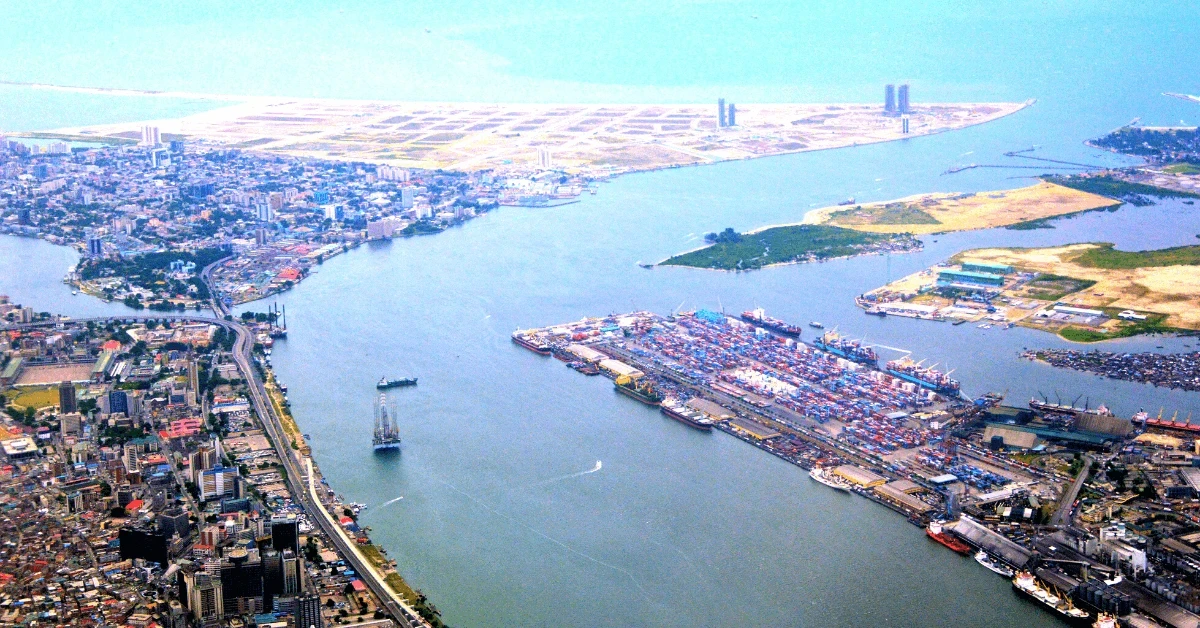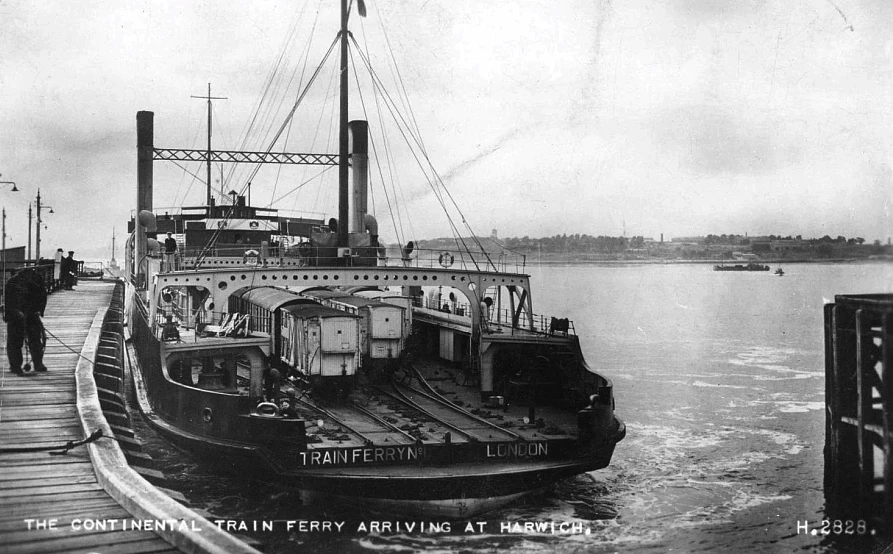Resources
Understanding NCB Inspections for Oversized Cargo Shipments
An oversized flat rack shipment is checked to ensure the cargo is safe and secure.
Shipping oversized cargo comes with unique challenges, including the need to ensure compliance with safety and regulatory standards. One crucial step in this process is the National Cargo Bureau (NCB) inspection, which plays a vital role in verifying the secure handling of oversized shipments.
What Is an NCB Inspection?
The National Cargo Bureau (NCB) is a non-profit organization that works to promote the safe shipment of goods by sea. For oversized cargo, NCB inspections ensure that items are properly packed, secured, and stowed to prevent accidents during transport. These inspections are especially critical for shipments requiring special handling or extensive loading plans.
Why Are NCB Inspections Important for Oversized Cargo?
Oversized cargo often exceeds standard container dimensions and requires specialized handling. Poorly secured or unbalanced loads can pose risks to the vessel, crew, and other shipments. An NCB inspection verifies:
Proper weight distribution and securement.
Adherence to International Maritime Organization (IMO) standards.
Compliance with shipper declarations and legal requirements.
The Inspection Process
Pre-shipment Review: Inspectors check documentation, including loading plans and material declarations.
On-site Examination: Cargo is inspected for proper lashing, bracing, and securing on specialized equipment like flat racks or open-top containers.
Certification: Once approved, an NCB certificate is issued, confirming the cargo is safe for transport.
For oversized cargo, NCB inspections are an essential safeguard, ensuring secure transit and regulatory compliance. Working with an experienced freight forwarder ensures your cargo will be handled safely and securely at all times during the shipping process.


